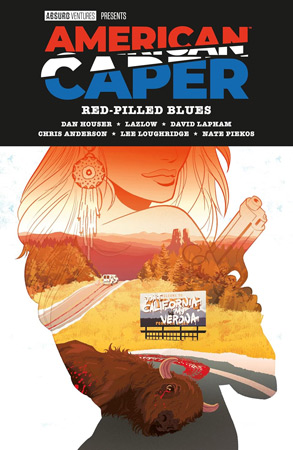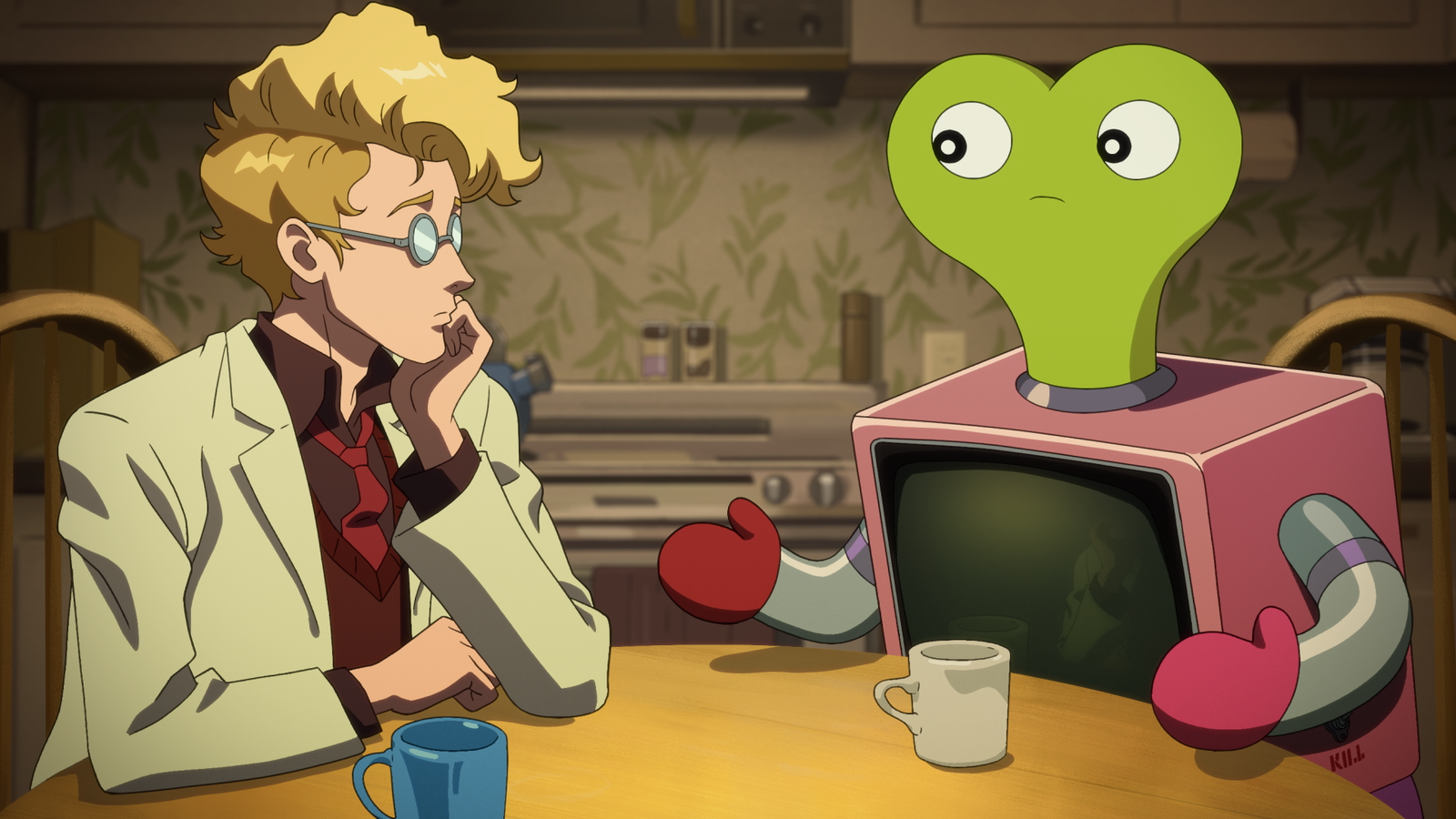Like most excessive fantasy tales, The Witcher Three is filled with a plethora of beasties and creepy crawlies.
The distinction right here is that as an eponymous witcher, it’s your job to check and kill these monsters. You are a hunter and you should know your prey. That’s why we’ve Dandelion’s bestiary.
The bestiary tells us the whole lot about these creatures – what they’re weak to, what class of monsters they fall beneath. However, there are many issues it doesn’t point out. Sure, everybody is aware of the distinction between a werewolf and a wyvern, however the place did erynias come from? Is there extra to nekkers than meets the attention? And what about benevolent Conjunction creatures like Johnny the godling? As it seems, virtually all of those monsters are at the least partially based mostly off actual mythological beings – and those with names we don’t instantly acknowledge are generally much more intriguing than their notorious counterparts.
Ekhidna
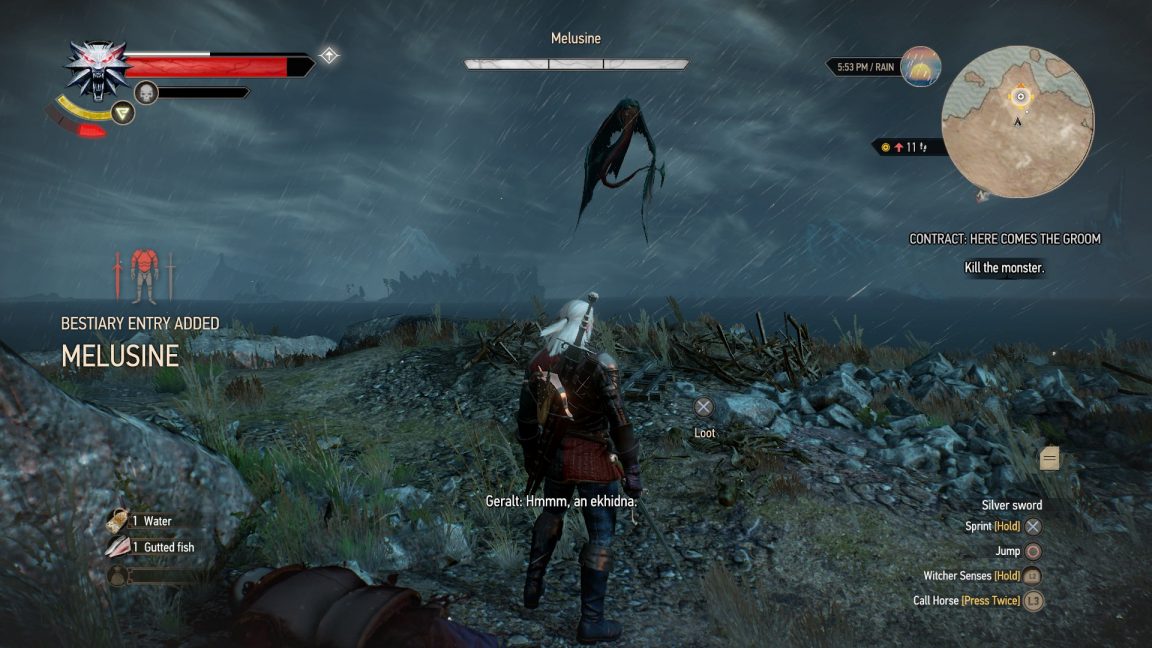
A beefed-up model of Skellige’s serpentine sirens, ekhidnas are formidable foes, even towards a witcher. It’s no surprise then that their title is derived from “Echidna,” who is usually credited as Greek mythology’s mom of monsters.
While Hesiod, a recent of Homer’s, described Echidna as “half a nymph with glancing eyes and fair cheeks, and half again a huge snake, great and awful, with speckled skin,” different poets painted extra horrifying footage of the beast. In his poem Dionysiaca, the Greek epic poet Nonnus described her as “hideous,” particularly mentioning her “horrible poison.”
In Hesiod’s phrases, Echidna lived “beneath the secret parts of the holy earth… deep down under a hollow rock far from the deathless gods and mortal men.” In The Witcher 3, the ekhidna often called Melusine lives in an remoted, drowner-ridden cave, the place she has been taking susceptible travellers to their deaths for lots of of years. Mother of monsters or not, Melusine isn’t any match for Geralt (In Greek mythology, it was the Greek large Argus Panoptes who ultimately slew the mighty Echidna, catching her off guard in her cave, very like Geralt does to Melusine in The Witcher).
Erynia

Another sort of hybrid monster, The Witcher 3’s erynias are etymologically based mostly on the Erinyes of Greek mythology. Although that is their official title, they’re extra generally known as the Furies.
In The Iliad, Homer writes: “the Erinyes, that under earth take vengeance on men, whosoever hath sworn a false oath.” Often seen because the oldest deities in all of Olympus, this highly effective trio had been radically totally different to the erynias of the Witcher sequence, who’re mainly simply greater, angrier harpys.
The Furies might have been named for the vengeance they wrought on those that had wronged others, however the erynias of The Witcher Three usually are not so particular about their victims. In the official Witcher bestiary entry, it says they usually eschew their common weight-reduction plan of carrion for recent, heat meat – like that of a human. To be sincere, the Erinyes would most likely kill The Witcher’s beasts for his or her crimes in a heartbeat.
Chort
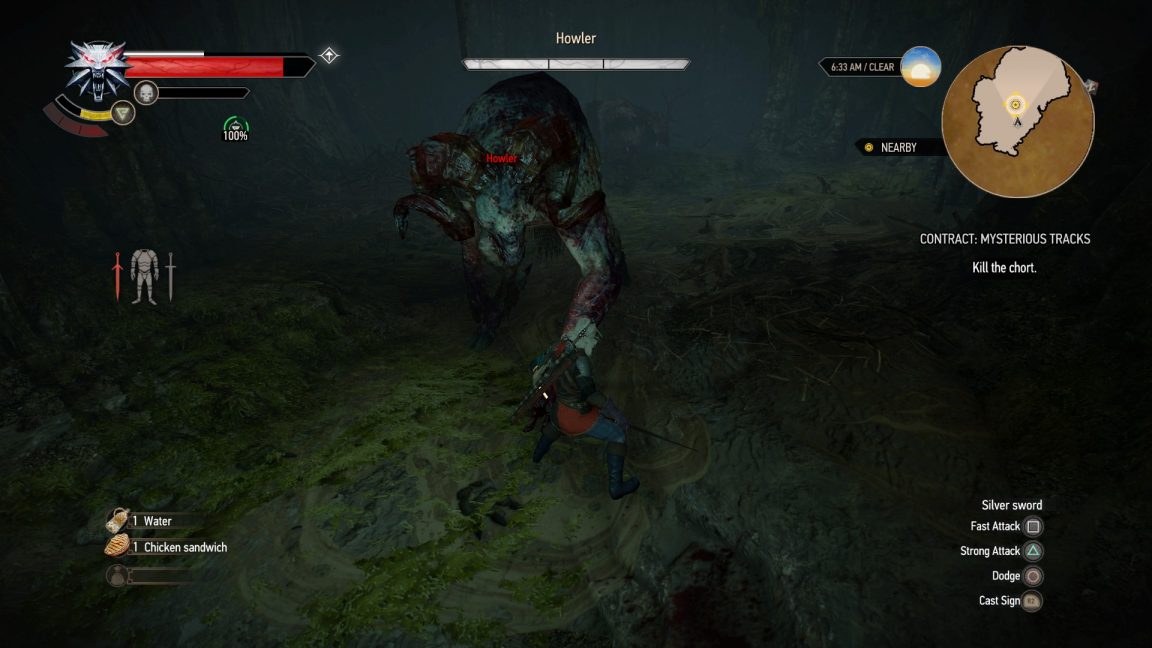
In the world of The Witcher, chorts are intently associated to fiends. Although smaller in stature than their distant cousins, chorts are simply as highly effective and malignant as their fiendish family members, usually wreaking havoc on total villages.
The phrase “chort” is derived from “czort,” or “czart.” In Slavic folklore, a number of descriptions of chorts exist, together with some that debate a singular, Proper Noun Chort. While these tales differ intimately, virtually all of them describe chorts as demons, devils, or one thing equally sinister.
This thought of conflicting mythologies is definitely echoed in The Witcher. While Chort was seen to be a trickster by some cultures, chorts had been described as beings of pure, concentrated evil by others. So the truth that the residents of Velen usually confuse sylvans (different devilish creatures) with chorts displays this in a method that highlights the true hazard of associating with such darkish and highly effective beings. As the bestiary entry for chorts in The Witcher Three reads:
“Legends often mistake chorts for sylvans, ascribing to them the ability to speak, stand on two legs, gobble up cabbage, play pranks and work mischief around the household. The arrival of a true chort in a region soon puts an end to such tales.”
Sylvans are largely innocent and would moderately spout riddles than have interaction in fisticuffs, however chorts are a distinct prospect completely. Both could also be known as devils by those that are ignorant to their methods, however witchers like Geralt are nicely conscious of which of the 2 is the true monster.
Godling

One of probably the most attention-grabbing creatures you may encounter in The Witcher is a godling. Often mistaken for lutins, buccas, or phoocas, godlings are guardian spirits that watch over small villages. While they could seem like youngsters – and act twice as mischievous – they’re extremely highly effective beings who care deeply in regards to the folks and animals that reside close to them.
In the Polish model of The Witcher 3, the godling Johnny is known as a bożątko, which is the diminutive type of the phrase “bożęta,” and by extension “uboże.” This final phrase refers to a benevolent spirit taken immediately from Polish mythology, who performs related duties to the Irish púca, the French lutin, the Russian domovoy, and the Cornish bucca.
Godlings, like their mythological influences, are shy and would moderately not talk immediately with these they shield. However, they do have a delicate spot for youngsters – most likely as a result of they’re all the time up for a little bit of bother.
Vampire

Vampires are somewhat bit extra recognizable that erynias and ekhidnas, positive, however what about bruxae? Alps? Ekkimaras?
What’s nice in regards to the depiction of vampires in The Witcher is that it separates them into classes. Higher vampires resemble the sort of tall, darkish, and good-looking archetype impressed by Bram Stoker’s landmark novel, “Dracula,” whereas vampires like fleders are extra animalistic in look (and mannerisms).
Some of those vampire sorts come immediately from historical past and mythology. Take bruxae, who had been plucked out of Portuguese folklore. Although they’re shapeshifters that often tackle the type of bats and birds, they’re additionally recognized to disguise themselves as younger, dark-haired girls – which is strictly what they seem like in The Witcher. Also, bruxae in The Witcher are related to their avian aficionados; as said within the bestiary:
“If you must travel through the woods, steer clear of any places where you can hear several different kinds of birds at once. That sound means you’re entering a bruxa’s territory and can kiss your life farewell.”
As nicely as Irish and Portuguese folklore, The Witcher attracts from Sumerian faith – the traditional faith practiced by the primary literate civilization of all time. The decrease vampires often called ekimmaras had been derived from “ekimmu,” which is a bastardization of the phrase “edimmu.” Edimmu had been demons that didn’t simply suck blood from their victims, however life itself – which might be the explanation ekimmaras are so brutal in The Witcher. As Geralt’s vampiric pal Regis places it in Sapkowski’s Baptism of Fire:
“From what I know alpors, moolas, bruxas and nosferats don’t mutilate their victims. On the other hand, fleders and ekimmas are pretty brutal with their victims’ remains.”
Nekker
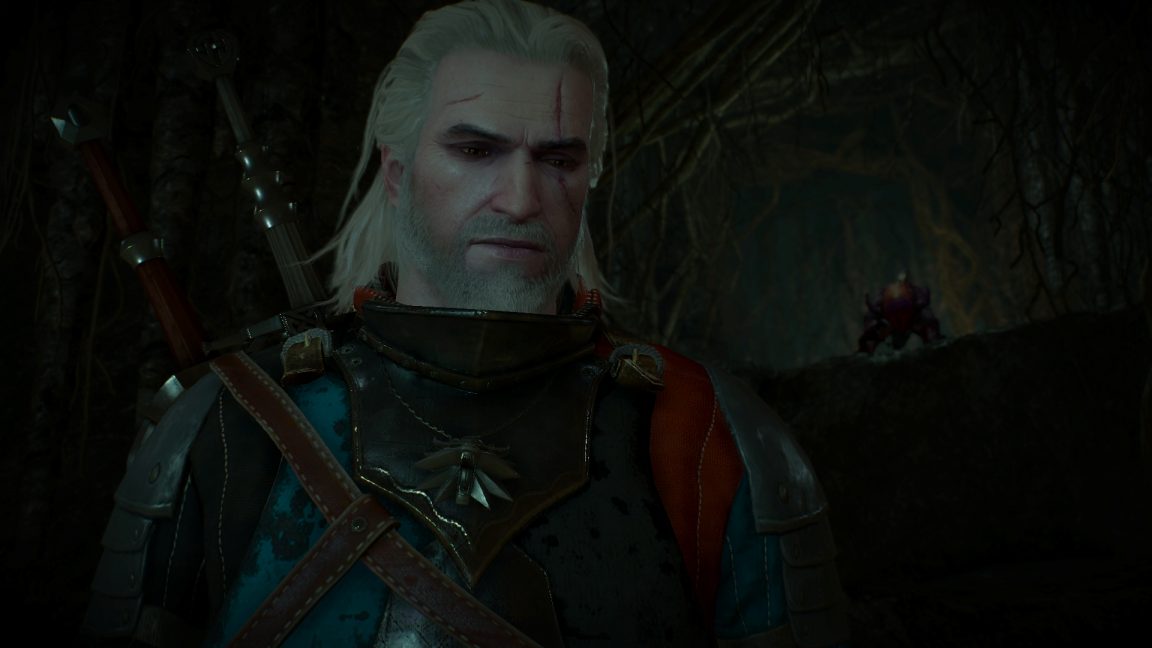
Nekkers may seem to be little greater than a nuisance on this planet of The Witcher, however their supply materials is fascinating. Despite the truth that their phooca cousins come from Irish folklore, nekkers strike parallels with Flemish, Scandinavian, and Dutch mythology.
However, the nekker not often shares greater than its title with real-world mythological creatures. The Flemish/Dutch variant is related to water, being extra of a malevolent river fairy than the burrowing ogroids we see skulking throughout the plains of Velen.
Meanwhile, Scandinavian folklore options tales of “necks.” Also related to water, necks lure their prey to the sides of rivers and lakes as a way to pull them in and drown them. As a end result, conventional nekkers and necks are extra like drowners and sirens than anything in The Witcher. Sapkowski’s nekkers are very a lot their very own factor.
Leshen

Leshens are my private favorite. Guardians of the forest, they put on a deer’s cranium as a head and are mainly strolling timber.
The phrase leshen comes from “leshy,” which implies forest in most Slavic languages. Like leshens in The Witcher, leshys had been champions of the woodlands they protected, commanding respect from neighboring villages and animals alike. However, though leshens in The Witcher are very aggressive, leshys weren’t essentially malevolent beings. They simply put the forest first it doesn’t matter what, which is truthful sufficient as a result of that’s what their title means.
Well, in keeping with some tales, at the least. In some instances, leshys are in comparison with Chort, who we mentioned earlier. Not the prankster model of Chort, although – the malignant, evil, child-abducting one.
Funnily sufficient, in keeping with foklorist Josepha Sherman, the one solution to discover your method out of a forest after encountering a leshy was to show your garments inside out and put every shoe on the opposite foot. I’m undecided why that labored, however that was the idea. Otherwise, you’d probably develop into leshen meals earlier than you might say “chort.”
Hym
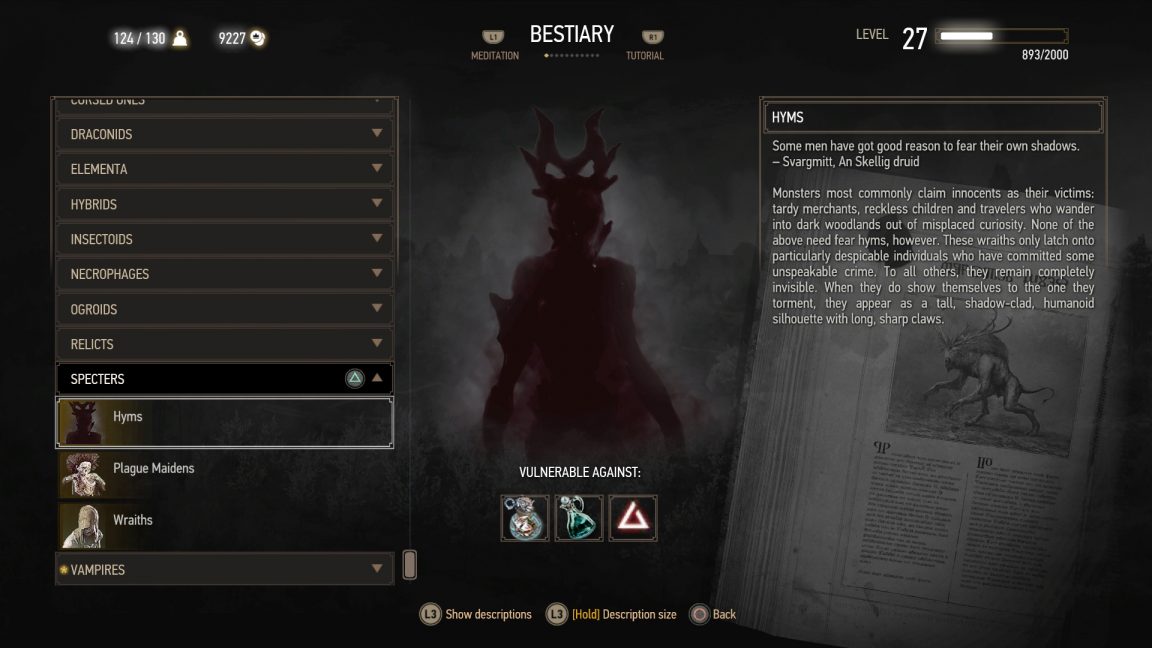
As far as I can inform, the hym is a creation of Sapkowski’s. However, it does resonate fairly closely with the Polish zmora, which is related to Mara – Chort’s mom and the demon of winter.
The Polish zmora is much like the mare, which is in style in Germanic folklore. When this ethereal shapeshifter influenced the desires of unsuspecting sleepers, it distorted them, making them visceral and horrific. It additionally drained them of power forward of the next day, and a few sources go so far as to say that the mare drained their blood too. The phrase “riding the night mare” ultimately resolved itself into the time period “nightmare,” which we nonetheless use at the moment.
The hym is rather a lot stronger than a mare although, feeding on guilt whereas its victims are awake in addition to once they’re susceptible in slumber. They slowly drive the particular person they’re afflicting mad, hoping to edge them in direction of taking their very own lives, because the extra prone they develop into to guilt, the stronger the hym grows. When the hym that was affecting Jarl Udalryk manifests itself in The Witcher 3, it seems like a wendigo-figure. Jet-black, horned, and hunched over, this mysterious and blood-curdling specter is the stuff of nightmares – actually. Sapkowski mainly took a centuries-old spooky fantasy and made it much more scary, only for fun.
Ulfhedinn
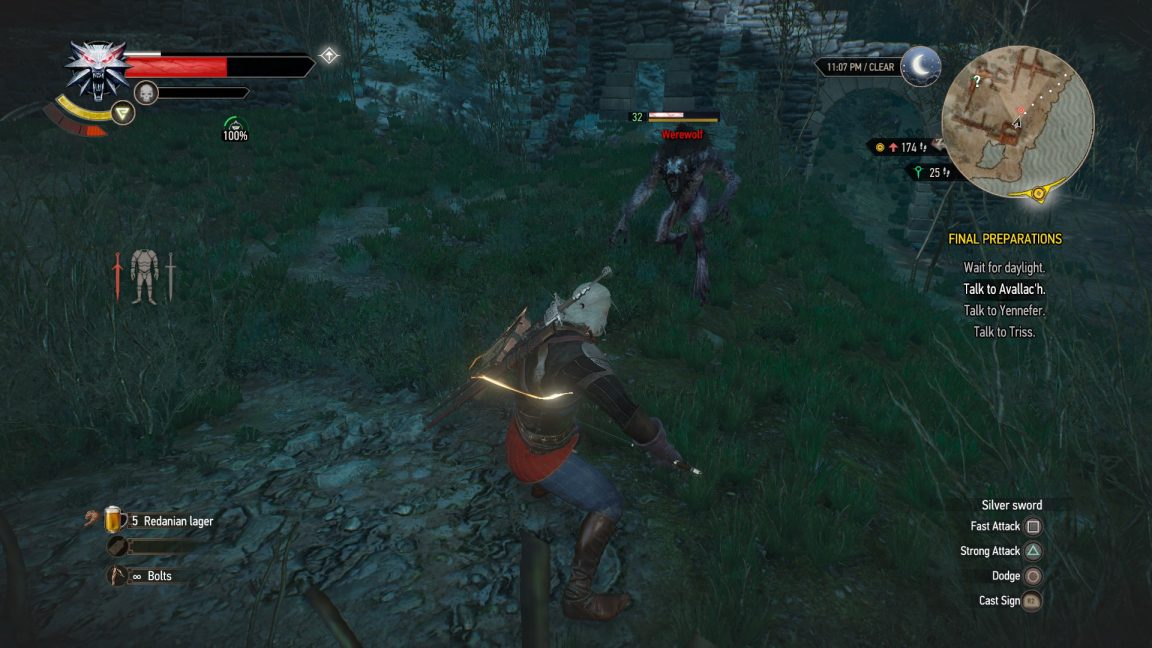
Although they give the impression of being virtually equivalent to the common werewolves we see in The Witcher 3, Skellige’s two Ulfhedinn are very totally different to common victims of lycanthropy.
Much just like the berserkers that Birna Bran springs on Kaer Trolde, the famed Úlfheðinn of Norse historical past drank cocktails of mushrooms and beer as a way to induce a sort of frenzy that might make them much more fearsome in fight. They additionally dressed as wolves so as intimidate their enemies, which can or might not have been due to the fungus cocktails.
It’s no surprise then that the phrase Úlfhéðinn conflates the Icelandic phrase for wolf (ulf) with a phrase which means “jacket of fur” (Heðinn). These ferocious warriors actually wore jackets of wolf fur, in spite of everything.
However, they weren’t correct werewolves. Unlike the cursed ones of Skellige, they might select once they wished to don their fur. As a end result, The Witcher’s Ulfhedinn aren’t revered just like the historic Úlfheðinn, however are as an alternative feared by anybody with sufficient sense to see how vicious they’re. The mushrooms aren’t going to put on off any time quickly, so it’s most likely greatest to steer clear should you see a large, bipedal wolf with white warpaint on its face.
Crones

The incontrovertible fact that the Crones are largely based mostly on the witches from Shakespeare’s Macbeth isn’t made specifically refined. As their bestiary entry reads:
“Sister crones, hand in hand, terrors of the ocean and land, thus do go about, about: thrice to thine and thrice to mine, and thrice once more, to make up 9.
Macveth, Act 1, Scene 3.”
However, there’s much more at play than “Macveth” relating to the Crones. From Greece’s Moirai to Norse mythology’s Norns, a number of mythological cycles function their very own mysterious sisters highly effective sufficient to tamper with destiny and future.
The Crones aren’t based mostly on Moirai or Norns although; as an alternative, they’re based mostly on Slavic folklore’s Baba Yaga. An amalgamation of three sisters, all of whom bear the identical title, Baba Yaga is an historic being steeped in ambiguity. In most depictions of the legendary determine, Baba Yaga wields a pestle and flies round in a mortar, which is one thing I actually want the Crones did. Also, her home is positioned deep within the woods and it stands on hen legs.
Baba Yaga is just not inherently malevolent, however can’t be counted on for benevolence both. While she takes care of those that reside in her territory, she has additionally been recognized to steal and eat youngsters, even utilizing sweet to lure them out into the woods just like the Crones do in The Witcher 3. As said by Downwarren’s ealdorman:
“No gods nor masters watch over Velen. The land is no man’s. He who wants to survive must seek his own protectors.”
It appears becoming to conclude this bestiary breakdown that method. With so many ferocious beasties roaming the mountains of Skellige and the swamps of Velen, it’s most likely sensible to maintain a couple of protectors useful.
That’s the place Geralt is available in, I suppose.
Source
